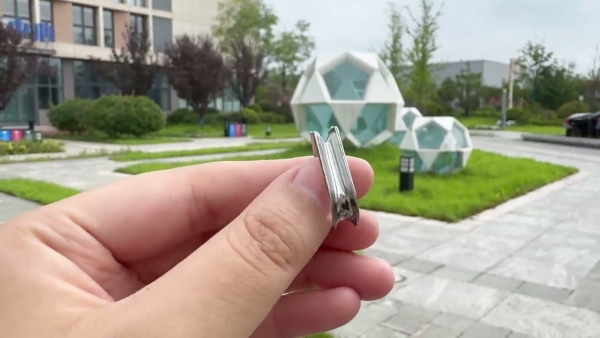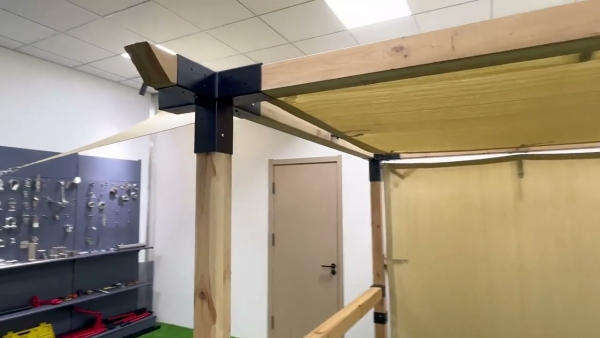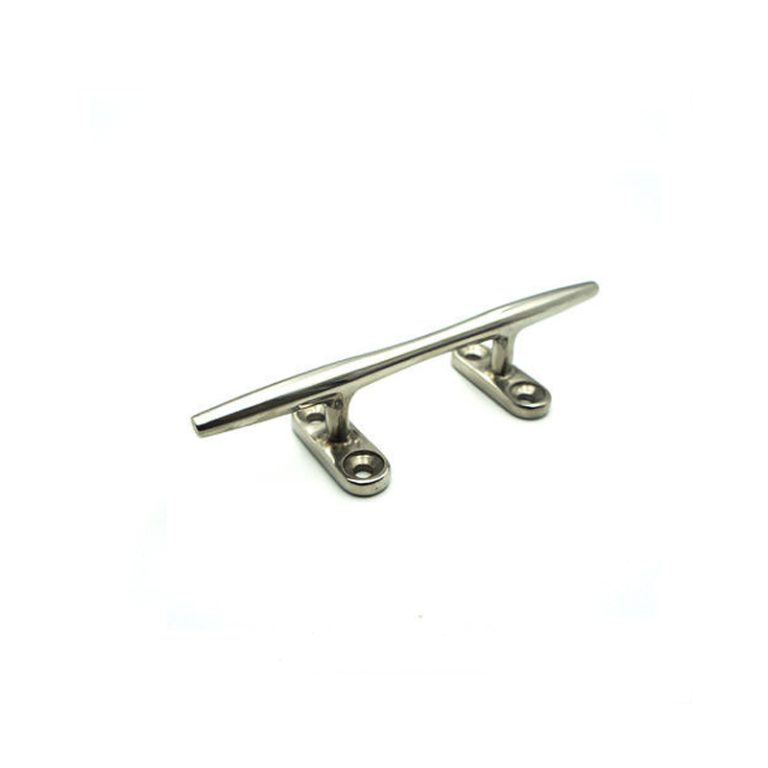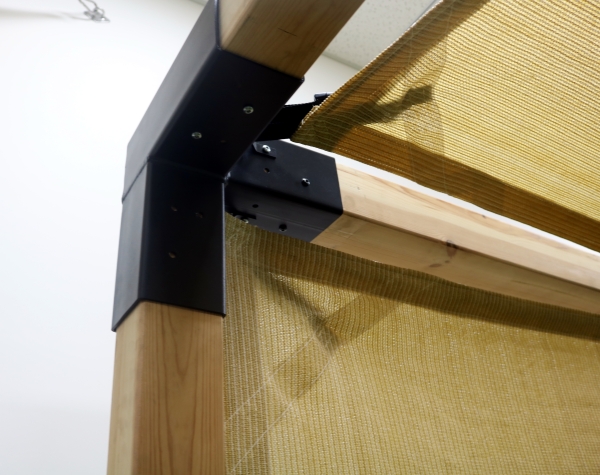Table of Contents
Processus de traitement thermique pour le durcissement de l’acier inoxydable
Différents éléments d’alliage utilisés dans le durcissement de l’acier inoxydable
Le titane est un autre élément d’alliage couramment utilisé dans le durcissement de l’acier inoxydable. Le titane contribue à améliorer la résistance et la dureté de l’acier, le rendant ainsi plus adapté aux applications nécessitant des niveaux élevés de durabilité. De plus, le titane contribue également à améliorer la résistance à la corrosion de l’acier, ce qui en fait un composant essentiel de nombreux alliages d’acier inoxydable de haute qualité.
En conclusion, il existe plusieurs éléments d’alliage différents qui peuvent être utilisés dans le durcissement de l’acier inoxydable. , dont chacun confère des propriétés uniques au matériau. En sélectionnant soigneusement la bonne combinaison d’éléments d’alliage, les fabricants peuvent créer des alliages d’acier inoxydable très résistants à la corrosion, aux taches et à l’usure. Cela fait de l’acier inoxydable un matériau idéal pour une large gamme d’applications, des appareils électroménagers aux machines industrielles.
Stainless steel is a versatile and durable material that is commonly used in a wide range of applications, from kitchen appliances to industrial machinery. One of the key properties that make stainless steel so desirable is its ability to resist corrosion and staining. This is achieved through a process known as hardening, which involves adding alloying elements to the steel to increase its strength and durability.
There are several different alloying elements that can be used in the hardening of stainless steel, each of which imparts unique properties to the material. One of the most common alloying elements used in stainless steel hardening is chromium. Chromium is a key component of stainless steel, as it forms a thin, protective oxide layer on the surface of the steel that helps to prevent corrosion. By increasing the chromium content of the steel, manufacturers can create a material that is highly resistant to rust and staining.
Another important alloying element used in stainless steel hardening is nickel. Nickel helps to improve the toughness and ductility of the steel, making it more resistant to cracking and deformation. In addition, nickel also enhances the corrosion resistance of the steel, making it an essential component of many high-quality stainless steel alloys.
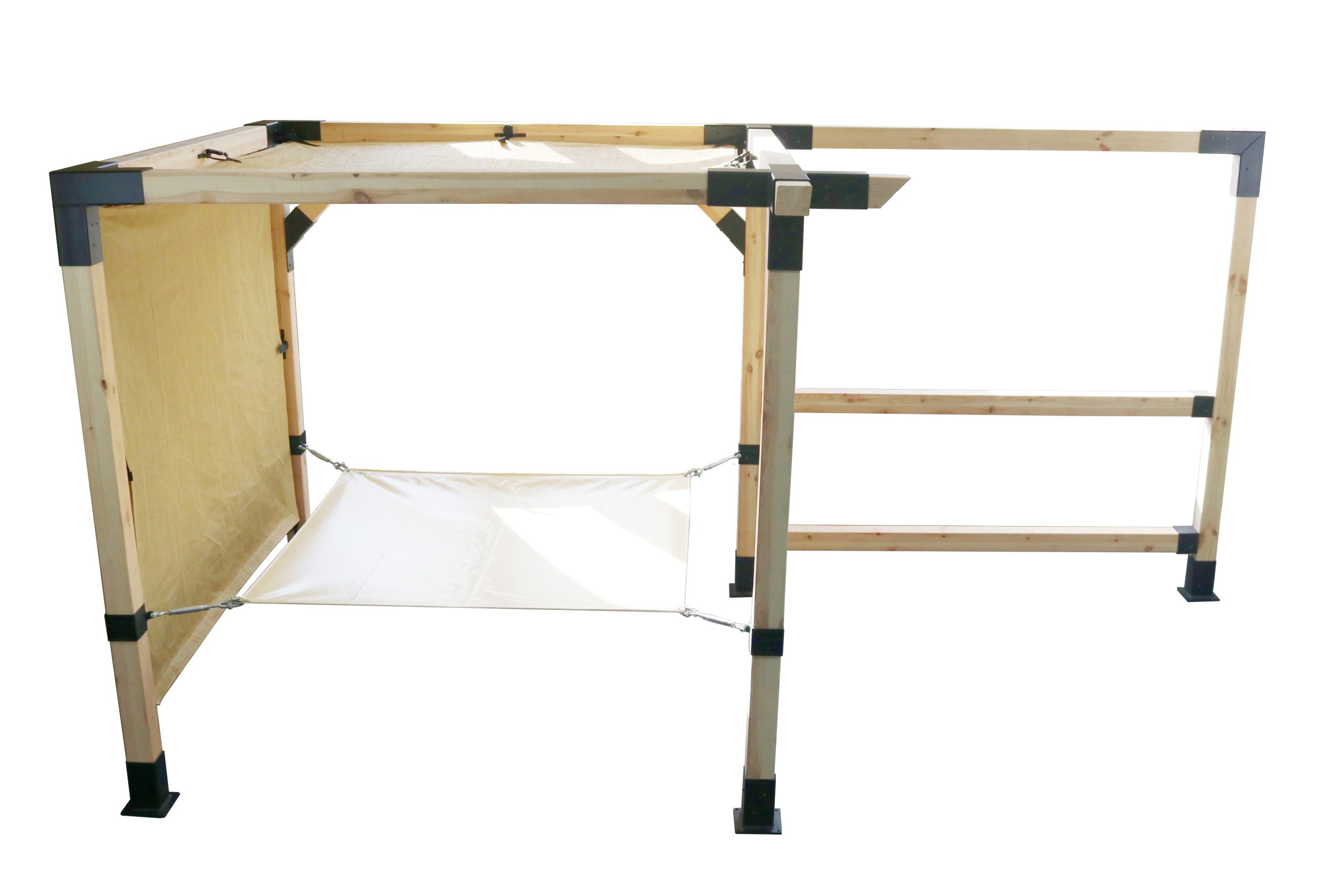
Manganese is another alloying element that is commonly used in stainless steel hardening. Manganese helps to improve the strength and hardenability of the steel, making it more suitable for applications that require high levels of durability. In addition, manganese also helps to improve the machinability of the steel, making it easier to work with during the manufacturing process.
Molybdenum is another important alloying element used in stainless steel hardening. Molybdenum helps to improve the corrosion resistance of the steel, particularly in harsh environments where exposure to chemicals or saltwater is a concern. In addition, molybdenum also helps to improve the strength and toughness of the steel, making it a valuable addition to many high-performance stainless steel alloys.
Titanium is another alloying element that is commonly used in stainless steel hardening. Titanium helps to improve the strength and hardness of the steel, making it more suitable for applications that require high levels of durability. In addition, titanium also helps to improve the corrosion resistance of the steel, making it an essential component of many high-quality stainless steel alloys.
In conclusion, there are several different alloying elements that can be used in the hardening of stainless steel, each of which imparts unique properties to the material. By carefully selecting the right combination of alloying elements, manufacturers can create stainless steel alloys that are highly resistant to corrosion, staining, and wear. This makes stainless steel an ideal material for a wide range of applications, from household appliances to industrial machinery.


